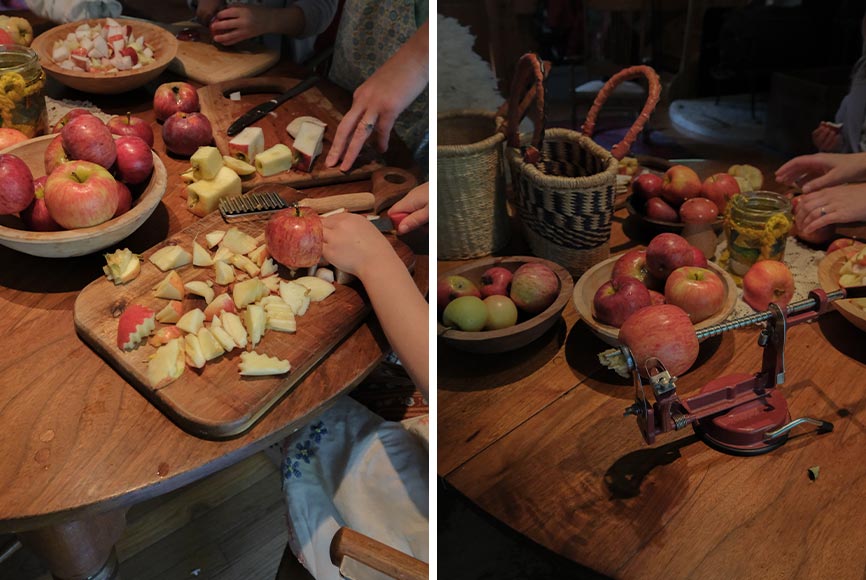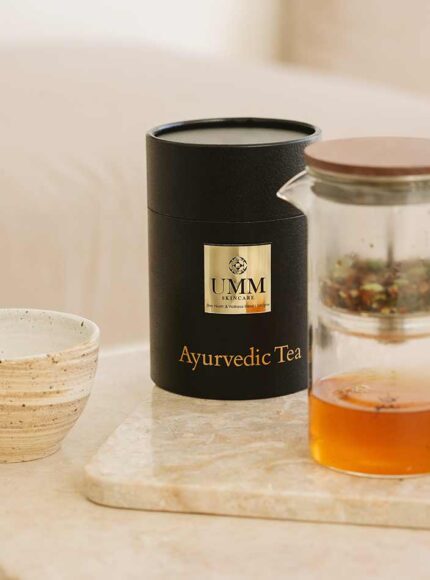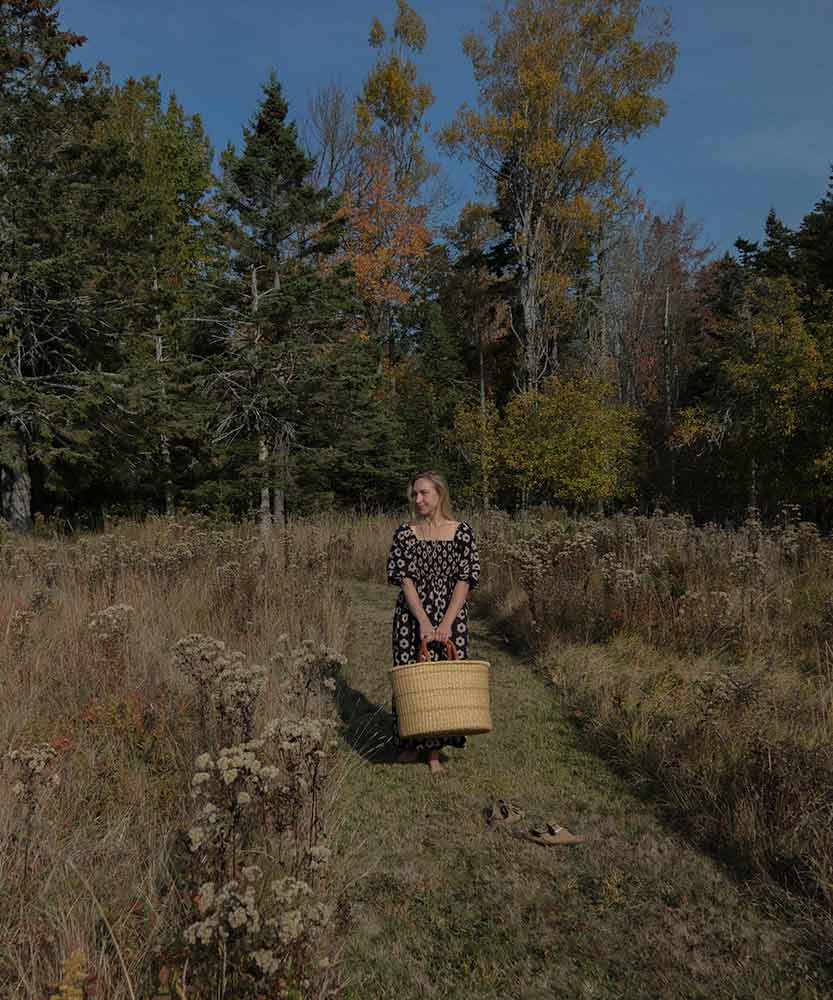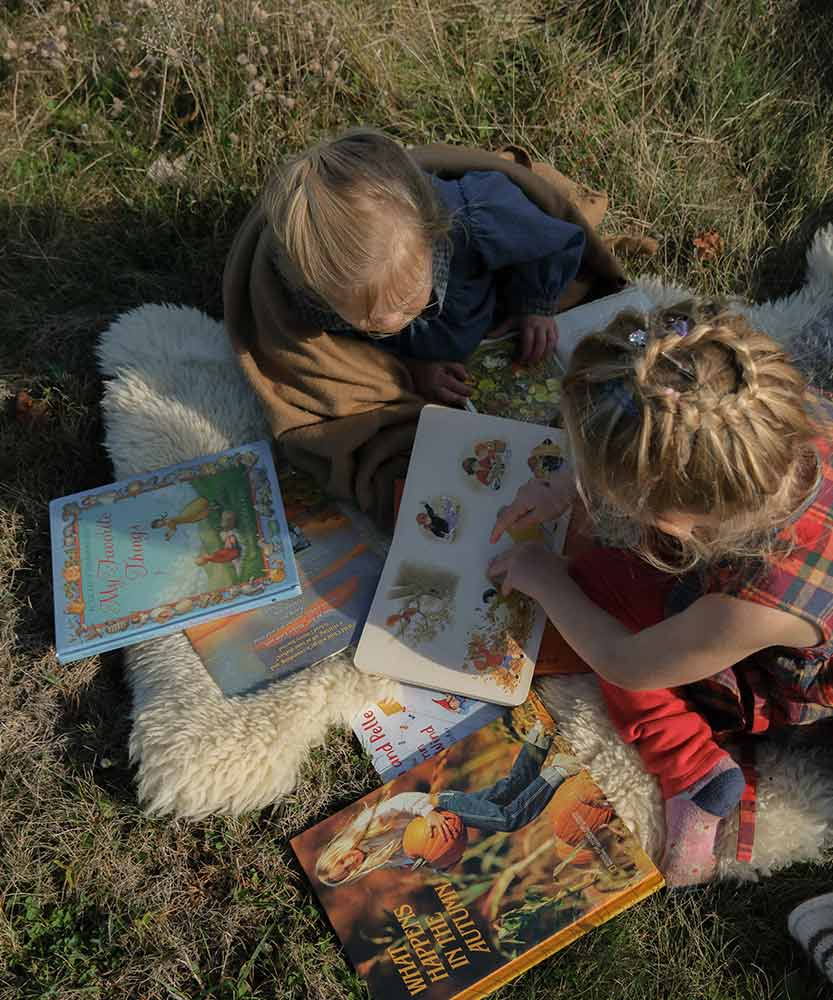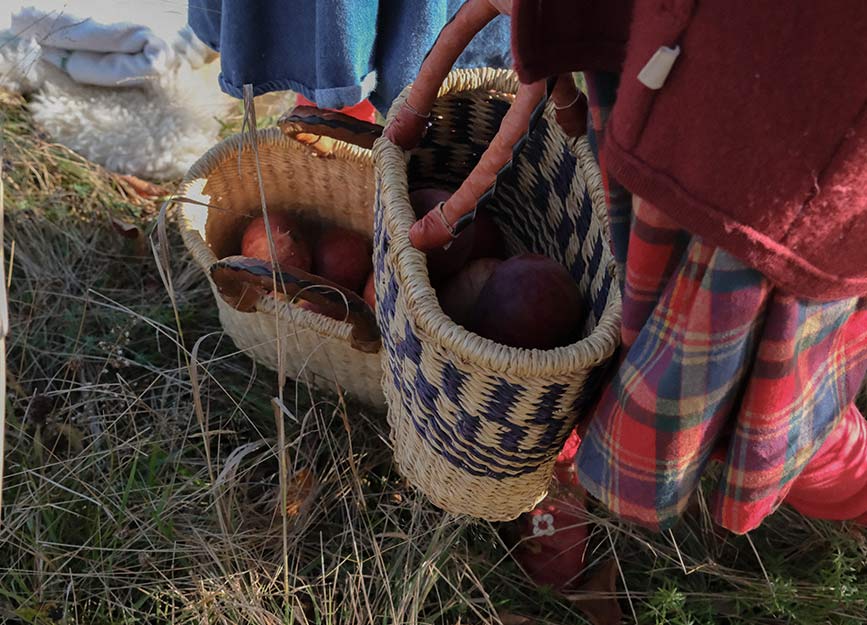

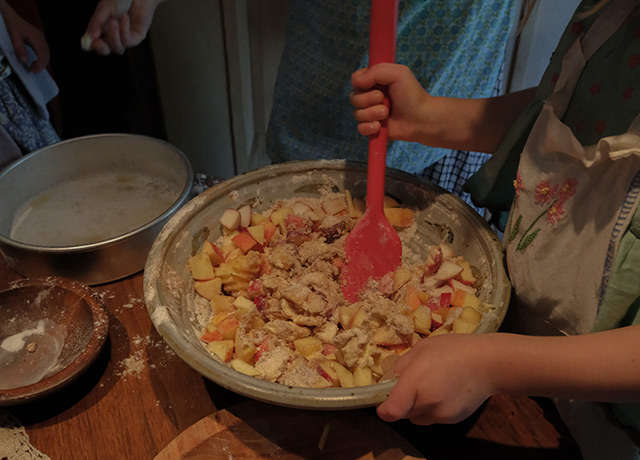

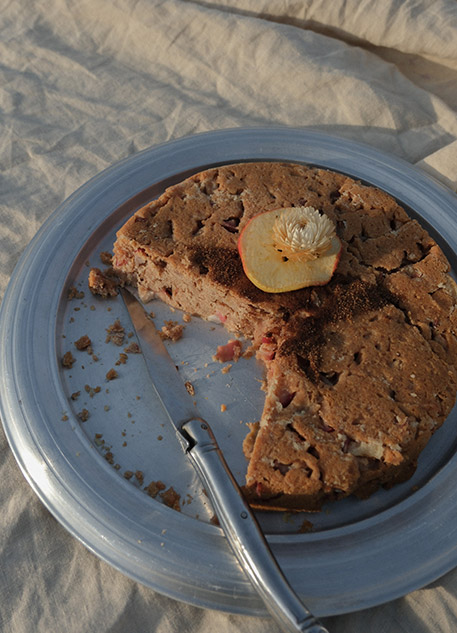

Parenting & Baby
Jordan’s Fall Baking Recipes with Apples
This is one of my favorite fall baking recipes. Bring forth nature and celebrate the harvest with apple cake. The way in which we bring our children into contact with nature can enhance their love and respect for the natural world. Allowing children to play with earth’s elements, like apples in autumn, creates joyful experiences and reverence for the world. We serve our children when we turn their attention to the trees and their turning leaves, the wild swaying grasses, and the woodland animals storing food for the coming winter months.
Brought to you by the Mill Food Recycler!
Why picking apples is an important part of this bake:
Apple picking is not merely a cheerful outing to the orchard; it is a vital autumn ritual rooted in gathering of abundance to fill baskets for applesauce, crisps, pies, cakes, and canning for the winter months ahead. In this simple act of harvesting, we weave tradition, seasonal awareness, and a quiet understanding of nature’s rhythms, witnessing the turning from summer’s brightness to winter’s rest. When we pick apples with our children, we invite them into a deeper relationship with the land that nourishes them. By teaching them to do so with care, knowledge and reverence, we teach stewardship for the land, its heritage and its history.
Young children learn through their senses and with their hands. There are many lessons to be learnt in the orchard; That we eat apples from the tree, not from the ground; that a wormhole or brown spot means sweetness and ripeness; that a gentle shake will bring the apple down; and that climbing carefully rewards them with treasures from above. They gather, climb, lift, and carry, embodying the ancestral rhythm of harvest. In doing so, they connect to place, to effort, and to the gifts of the earth.
.
Ingredients:
1 cup melted butter
¾ cup maple syrup or local honey
1 tsp. Vanilla
2 cups flour
1 ½ tsp baking powder
1 tsp. Salt
1 ½ tsp cinnamon
4 medium apples, peeled, cored, and chopped small
Washing the apples in warm water becomes a sensory delight for small hands, scrubbing, splashing, and polishing each piece until it shines. We compost the apples that are best suited for the woodland animals.Then comes the chopping. I offer my children a small cutting board and a child-sized knife. At first, they may practice with a Montessori-style wavy knife or a dull butter knife, and as their skill and care grow, they take pride in using a sharper blade. Even the youngest children, when guided gently, can chop “chop, chop, chippity, chop — with great care.”
Through this, they develop hand–eye coordination, fine motor skills, confidence, and a reverence for meaningful work. Yet it’s important to remember that while this kind of purposeful activity is nourishing, their true work is play. As Waldorf philosophy reminds us, play is the foundation of learning and life itself. One day, chopping apples may be a joyful task; on another, running through the meadow may be the truest form of their work.
Recipe:
Preheat oven to 350 degrees.
Lightly grease a 9 x 13 baking dish.
Mix melted butter, sugar & vanilla and whip together.
Mix dry ingredients.
Combine your wet and dry ingredients.
Spread batter in a baking dish and bake at 350 degrees for 45 minutes.
And when the apple cake is finally baking, and its scent fills the kitchen, we are reminded that this simple, shared act, from tree to table, is not just about the cake at all. This tradition has long been a part of livelihood and community. It’s about belonging, rhythm, and the sweetness of being together through the turning of the seasons.
Final thoughts from Jordan on apple picking and cake baking:
Bring forth nature and celebrate the harvest with apple cake. The way in which we bring our children into contact with nature can enhance their love and respect for the natural world. Allowing children to play with earth’s elements, like apples in autumn, creates joyful experiences and reverence for the world. We serve our children when we turn their attention to the trees and their turning leaves, the wild swaying grasses, and the woodland animals storing food for the coming winter months.
Learn more about Jordan and Waldorf Activities below!
Meet Waldorf Teacher Jordan Fountain!
Waldorf Inspired Children’s Books for Autum
Non-toxic Coloring Activities for Children
Thank you to Mill for making this editorial possible!
Mill is your kitchen’s new best friend. A simple, odor-free food recycler that turns leftovers and scraps into nutrient-rich grounds with no effort. Mill prevents food waste without smells, flies, or chores. It works while you sleep and you can keep filling it for weeks.
You can use the grounds in your garden, add them to your curbside compost, or let Mill pick them up and deliver them to a small farm for you. Try it risk-free and get $75 off at mill.com/rev.



















